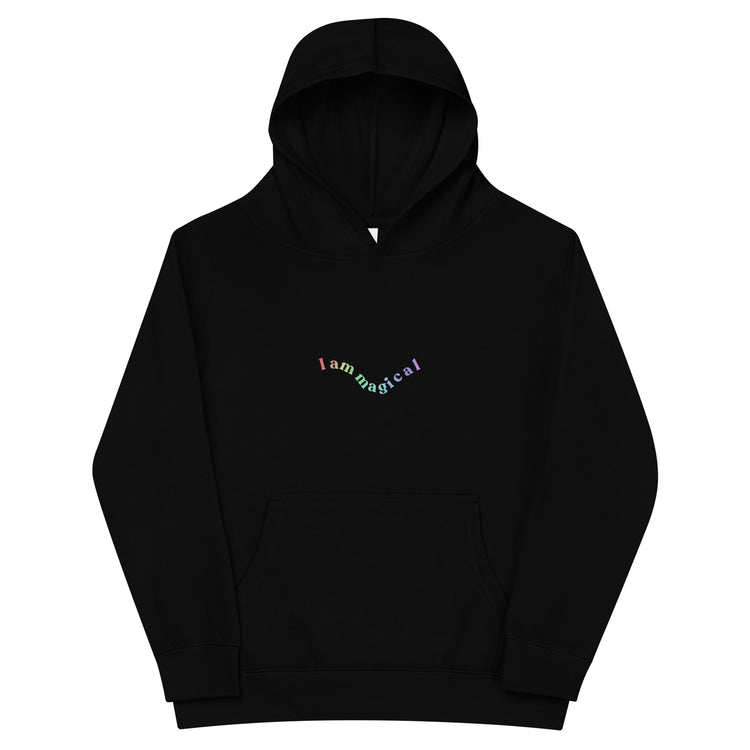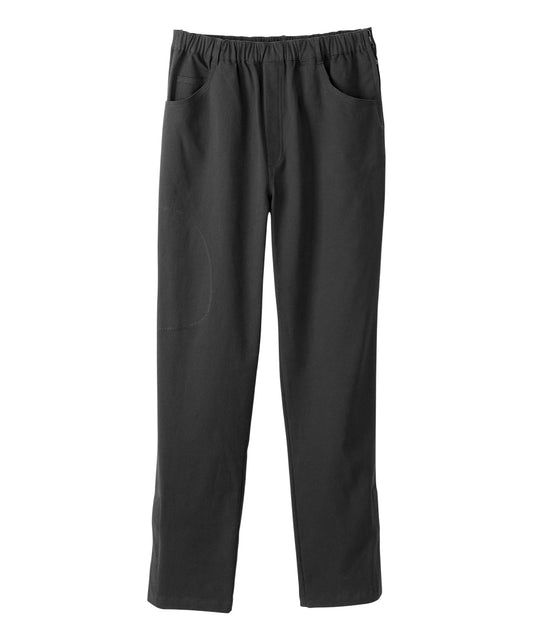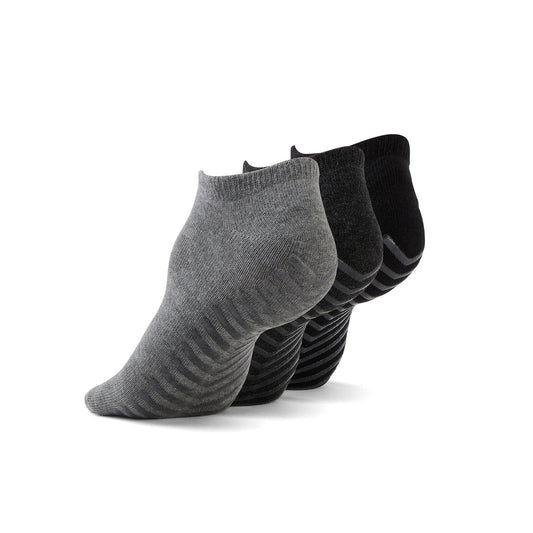Written by Catherine Vincent and interviewed by Nicole Fernandes.
Yoga builds emotional resilience
Emotional resilience can be built. You can learn to identify your emotions and the accompanying sensations in your body. You can choose to acknowledge and accept the emotion, to lean into the emotion, to process it, or to ignore it. You can decide what you would like to do in response to the emotion–nothing? Shelve it for later? Or would you like to solve a problem? Breathwork, connection to breath through movement, floor-based movements, and chakra-healing yoga postures all support building emotional resilience.
Actively slowing down your breath during pranayama portions of sessions alongside staying connected to your slower, gentler, deeper breathing while you move in yoga helps you to activate your vagus nerve, the longest nerve in your body. This nerve activates your parasympathetic nervous system, which facilitates calmness, rest, digestion, focus, and healing. Bringing awareness to the movement of breath in the body also supports interoception, the awareness of internal sensations in the body.
Many yoga sessions include floor-based movements and postures, which support nervous system regulation, a sense of groundedness, stability, and connection to the Earth. This is especially helpful for somatic experiences and trauma-informed therapies. Feeling the connection to the floor supports body awareness and mindfulness, and participants may explore the connection between thoughts, emotions, and movement in these explorations.
Often, yoga instructors offer opportunities for free and creative expression in movement, and individuals may feel empowered to explore movement patterns and expressive movement in a safe, accepting space. Participants may begin to notice what their bodies might be saying to them through sensations in connection to thought and emotion in these explorations.
Each yoga posture works on individuals energetically, providing opening, balancing, and releasing in associated energy centres, or chakras. Backbends are also known as “heart openers” because they work on the heart chakra, located in the chest area. Poses that balance the third eye chakra above the brows also support healthy emotional regulation, as the right brain is connected to processing emotions.
Through breathwork, mindfulness, and yoga, participants learn not to identify so strongly with their emotions. They learn to be the observer of mind, body, and emotions, to understand that thoughts and emotions are transient–like passing boats on that river. They learn to zoom out and adopt a broader perspective, to counter thoughts and beliefs associated with negative emotions, and hopefully, they learn to befriend their emotions as wise guides who point the way to their truths, values, beliefs, and boundaries.
Helping communities to experience release and renewal
My own journey of wishing to heal over three decades of trauma combined with the sudden death of my father in 2015 and the suicide of my former long-term partner in 2019 inspired me to dedicate my study of teaching yoga to them, as I believe that their deaths could have been prevented, and both were incredibly young. This is why I am passionate about helping others to improve their physical, mental, and emotional health; strengthen the mind-body-emotions connection; release trauma, leave frozenness behind, and return to a state of vibrant aliveness.
Misconceptions about meditation’s effectiveness for mental wellness
Meditation is a practice to achieve a heightened state of awareness, mental clarity, and emotional calmness. Meditation comprises many techniques, including mindfulness, concentration, visualization, and movement practices. People may believe that you must sit to meditate, which is not true. You can meditate while sitting, but walking, lying down, and doing other movements are fine too.
People might have a misconception that one must do hours of meditation each day in order to experience positive change. The drawback of meditating for hours is that you lose valuable time to get things done–and we grow a lot from completing our goals and daily tasks. According to an old Zen proverb, “Before enlightenment, chop wood, carry water. After enlightenment, chop wood, carry water.” Even 10 minutes a day can make a difference in reducing stress and cultivating self-awareness, awareness of the present moment, inner peace, and well-being.
Meditation with a focus on mindfulness–a mental practice that involves being present and engaged at the moment and bringing awareness to an individual’s thoughts, feelings, bodily sensations, and environment-–might not be as effective for some–especially if they have experienced unprocessed stress or trauma. A person dealing with unreleased trauma might struggle to sit in stillness, where experiencing mindfulness might bring awareness to uncomfortable emotions or thinking patterns, or trigger unpleasant memories that the individual is not yet ready to re-experience.
Meditation practices for individuals with specific mental health conditions
In general, I would provide a longer session into many smaller meditation sections, with several options provided for each section, as the more choices an individual has, the more freedom they have to design a practice that works for their needs and desires.
For those who find it difficult to sit still, I would ensure that there are options for individuals to sit in a variety of positions, to find support by leaning against a wall or a chair, to walk, or to lie down–as long as they don’t fall asleep!
Participants don’t have to be in stillness during the meditation. Many who have racing thoughts, who have anxiety, or who have experienced trauma may prefer to keep moving and to experience a faster-paced practice that fires up bodily sensations to help them get out of their heads and emotions and into their bodies. They might enjoy walking or moving around the space or even on their mat slowly, consciously, and mindfully. At any point, a participant can use an anchor such as a weighted sandbag or block to help notice what is happening in the present moment, to ground, and to feel embodied.
How my yoga practice has influenced my mental health journey

The practice of yoga, which I see as a moving meditation due to the connection of each movement to breath, has allowed me to regulate my nervous system by activating my vagus nerve, taking me out of what Stephen Porges calls “freeze state”, a state which has to do with immobilization when dealing with overwhelming stress or threat. Freeze state is exhibited by decreased heart rate, blood pressure, and muscle tone. The body aims to conserve energy in this state and prepare for defensive responses such as dissociation or shutdown. Yoga helped me to experience a sense of safety and security, to move into a state of aliveness, and to experience social connection. The vagus nerve promotes what Porges calls the “Social Engagement State” by regulating heart rate, facial expressions, vocal prosody (or rhythm and melody), and social behaviours, enabling improved communication, collaboration and emotional connecting with others.
Yoga helped me to become embodied. Once I knew what it was like to be in my body, I was able to notice where all the painful sensations were–to notice what needed to be released, to notice my posture, my patterns of movement and stillness. I knew more deeply who I was and how my body connected to my mind and emotions.
Yoga also helped me to heal my physical and mental health a great deal. I enjoy challenging myself with a vigorous practice that consists of many strengthening and balance-building postures. Whenever I practice yoga or teach yoga most days of the week, I notice the changes quickly!
Modifying yoga sessions for individuals with specific mental health concerns
I give the option to lower into a child’s pose or to the mat how they like at any time. I also encourage participants to explore poses how they wish and to stay in a posture or flow as long as they like, as my prompts are merely suggestions, and they are the boss of their body.
I provide a variety of choices for many postures and flows so that individuals have a sense of agency regarding how they move. Many participants will experience difficulty being in particular poses. For example, some poses might feel too open, and other poses might feel too constricting. After my dad passed away, I attended classes at a yoga studio for a year to help me move through my grief. I remember tears streaming down my face often, and especially when I engaged in any floor-based open pose such as Savasana or Happy Baby. You don’t have to lie down in Savasana for the final resting pose. Lying on your side is fine if that’s most comfortable.
I also encourage the right to pass during mindfulness portions. Some individuals might not want to do a check-in regarding how their mind or emotions are doing at that particular moment, so they always have the option to focus on their breathing, perhaps by counting their breath or by noticing the sensations in their body as they breathe. They can also focus on a mantra or an affirmation they would like to embody, so that they are consciously controlling what is happening in their mind, instead of not yet feeling ready to face what emerges from being an observer of mind, body, and emotions.
Everyday mindfulness beyond the yoga mat for sustainable well-being
I caution against doing deep dives into mindfulness each day as it does take you out of the present moment when you choose to notice what you’re thinking or feeling. It might start a bit of a mindfulness spiral where you’re spending a bit too much time being an observer! It’s much more effective for you to just be present and to think/feel/move naturally without noticing too closely or excessively what you’re up to! Does that make sense? We’re not here to be observers of ourselves all day–we’re here to live in the now, naturally, and to grow from these experiences of the now.
Mindfulness can be cultivated in moderation and balance into daily life beyond that mat.
You can start your day with positive affirmations every time you look in any mirror especially right when you wake up – notice the harmful beliefs or stories that arise when you look in the mirror – actively counter them with an opposite helpful thought or story–one that is more truthful and loving.
A morning stretch when you awaken or a stretching break after an hour of sitting while doing a body scan might bring awareness to body sensations.
Brushing your teeth with your opposite hand, moving intuitively to music while cutting the vegetables, and experiencing a meal with your five senses while eating slowly can help you to be in the present moment, noticing your physical, mental, and emotional selves and the environment you’re in.
At any time in the day, you can do a quick check-in with mind, body, and emotions, one by one, noticing without overthinking about what is present.
You can choose a piece of jewellery that you often wear to represent a breathing check-in whenever you look at it. During these check-ins, connect to your breath, noticing the length and quality. What is your breath saying to you at this moment? Can you consciously slow it down to 4 seconds or longer?
I choose these products from June Adaptive's Collection; I love heather grey, rainbow colours, animal symbolism, and truthful, loving, empowering affirmations!

I Am Magical - Kids Hoodie



Follow Catherine's Journey on:
Website: Phoenix Rising Yoga
Instagram: @phoenixrisingyoga
Facebook: Phoenix Rising Yoga















